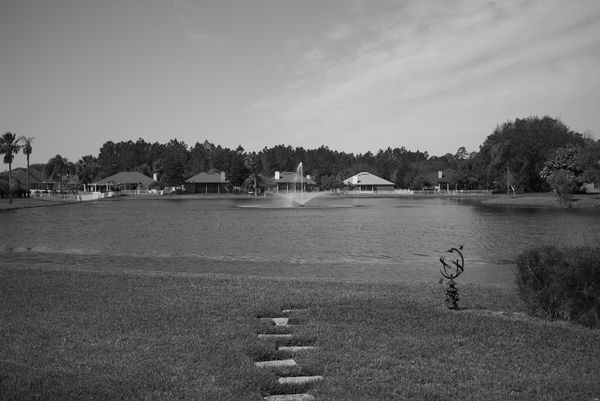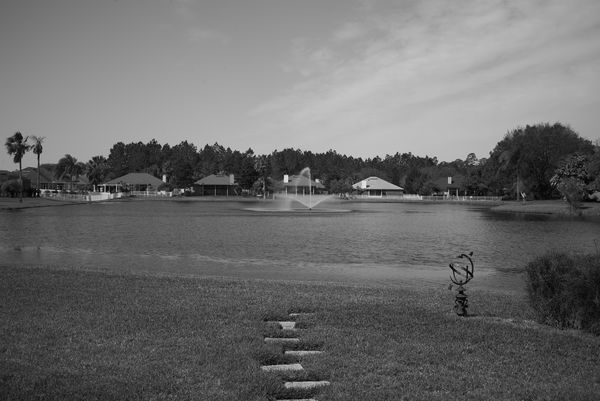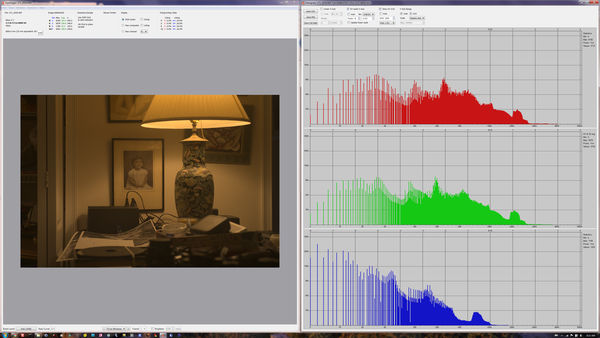ETTR does not mean you need to increase the exposure
Apr 1, 2021 05:50:20 #
R.G. wrote:
Thanks for providing the diagrams. Am I right in thinking that "Off" in each of the graphs refers to the uncorrected output from the sensor?
Yes, I keep those settings off since I don't use the JPEG.
My comments about the relationship between the JPEG and the raw data are based on that unless I am specifically referring to Active D Lighting, etc.
Apr 1, 2021 06:04:09 #
selmslie wrote:
...My comments about the relationship between the JPEG and the raw data are based on that unless I am specifically referring to Active D Lighting, etc.
It looks like Active D-Lighting, Fuji's jpeg rendering and others are mainly about just correcting (linearising) the output from the sensor. Perhaps the best general purpose rendering is a simple linearising correction.
(I've seen others comment on the effectiveness of Fuji's jpeg rendering. It would appear to be a simple correction of the sensor's output).
Apr 1, 2021 06:47:28 #
R.G. wrote:
It looks like Active D-Lighting, Fuji's jpeg rendering and others are mainly about just correcting (linearising) the output from the sensor. Perhaps the best general purpose rendering is a simple linearising correction.
(I've seen others comment on the effectiveness of Fuji's jpeg rendering. It would appear to be a simple correction of the sensor's output).
(I've seen others comment on the effectiveness of Fuji's jpeg rendering. It would appear to be a simple correction of the sensor's output).
If you are not using the camera's JPEG there really is no point to modifying it's JPEG output.
Apr 1, 2021 07:30:00 #
selmslie wrote:
If you are not using the camera's JPEG there really is no point to modifying it's JPEG output.
I wasn't suggesting modifying the camera's jpeg. What I was suggesting was that where contrast and luminosity are concerned, a simple linearising correction may be all that's needed to render the raw file. It looks like that would provide a good, general purpose starting point for any further editing.
Apr 1, 2021 08:52:15 #
R.G. wrote:
I wasn't suggesting modifying the camera's jpeg. What I was suggesting was that where contrast and luminosity are concerned, a simple linearising correction may be all that's needed to render the raw file. It looks like that would provide a good, general purpose starting point for any further editing.
Unfortunately, Active D-Lighting wreaks havoc with the camera's JPEG histograms.
I set the Z7 to Highlight Weighted metering because I knew that this image would have a wide DR and a highlight (inside the lampshade) that needs to be limited.
I then took an image with Active D at its highest setting (where the JPEG linearity is the straightest) and another with Active D off. Both images ended up with the same exposure - 1/13s f/5.6 @ ISO 64 (base ISO) - so both images produced the same raw histograms. It also shows that Highlight Weighted metering (like all forms of metering) is looking at the raw information, not the JPEG.
The camera's histograms substantially agreed with the raw histograms when Active D was off. With it set to Extra High* [sic] the camera's histogram showed the red channel to be blown out (but it's safe by a full stop). If I had been using the histograms I would have reduced the exposure.
This also shows that the camera's histograms are based on the JPEG and they don't work very will with Active D-Lighting.
Apr 1, 2021 09:15:50 #
I think it also shows that Active D-Lighting has nothing to do with the exposure and capture - just the processing. Of course, how the raw file is rendered has nothing to do with the capture either. The reason why I see the rendering as an issue is because (I only have my suspicions to go on here  ) much of my editing seems to be all about fighting the effects of how the raw files were rendered. It seems to me that the right sort of raw rendering could take us much further along the road to a finished edit and it would make good results easier to achieve. Where editing is concerned, my preferred results range from natural to enhanced natural, so for me at least, a more natural starting point would be a huge bonus. Unless I'm mistaken, that's exactly what linearising correction of the raw file would give us. We have the technology....
) much of my editing seems to be all about fighting the effects of how the raw files were rendered. It seems to me that the right sort of raw rendering could take us much further along the road to a finished edit and it would make good results easier to achieve. Where editing is concerned, my preferred results range from natural to enhanced natural, so for me at least, a more natural starting point would be a huge bonus. Unless I'm mistaken, that's exactly what linearising correction of the raw file would give us. We have the technology....
 ) much of my editing seems to be all about fighting the effects of how the raw files were rendered. It seems to me that the right sort of raw rendering could take us much further along the road to a finished edit and it would make good results easier to achieve. Where editing is concerned, my preferred results range from natural to enhanced natural, so for me at least, a more natural starting point would be a huge bonus. Unless I'm mistaken, that's exactly what linearising correction of the raw file would give us. We have the technology....
) much of my editing seems to be all about fighting the effects of how the raw files were rendered. It seems to me that the right sort of raw rendering could take us much further along the road to a finished edit and it would make good results easier to achieve. Where editing is concerned, my preferred results range from natural to enhanced natural, so for me at least, a more natural starting point would be a huge bonus. Unless I'm mistaken, that's exactly what linearising correction of the raw file would give us. We have the technology....Apr 1, 2021 10:21:02 #
R.G. wrote:
.... Where editing is concerned, my preferred results range from natural to enhanced natural, so for me at least, a more natural starting point would be a huge bonus. Unless I'm mistaken, that's exactly what linearising correction of the raw file would give us. We have the technology....
That's exactly what we get shooting raw. It's uncooked, a linear distribution with no bending or redistribution of tones.
We can do what we want so long as it's all there - no blown highlights.
Apr 1, 2021 10:40:21 #
selmslie wrote:
That's exactly what we get shooting raw... a linear distribution with no bending or redistribution of tones....
If the "Off" lines in each of your graphs refer to the uncorrected output from the sensors, shouldn't they be straight lines?
Apr 1, 2021 11:07:49 #
R.G. wrote:
If the "Off" lines in each of your graphs refer to the uncorrected output from the sensors, shouldn't they be straight lines?
No, that's the camera manufacturer's default for people who don't want to use any special JPEG settings.
Nikon and the rest take their best shot at getting a JPEG SOOC for an average scene that is pleasing to the average consumer. They had to deviate from linear to do that.
Apr 1, 2021 12:46:34 #
Here is an example of an image in broad daylight where the highlights in the clouds are not as bright as they would be for nearby, sunlit cumulus clouds. Consequently, exposing at Sunny 16 seems to leave some room on the right and no blinkies in the cameras LCD.
I could tell from the first image that a full stop of additional exposure should result in a proper ETTR image but I increased the exposure in 1/3 stop increments just in case.
The second image got twice as much exposure so I moved the Exposure slider in Capture One to -1. The only other editing I did was some spot removal (missed a few).
Can you can't see a difference in tonality, shadow information or noise?
If not then ETTR in broad daylight is a waste of time.
I could tell from the first image that a full stop of additional exposure should result in a proper ETTR image but I increased the exposure in 1/3 stop increments just in case.
The second image got twice as much exposure so I moved the Exposure slider in Capture One to -1. The only other editing I did was some spot removal (missed a few).
Can you can't see a difference in tonality, shadow information or noise?
If not then ETTR in broad daylight is a waste of time.
Sunny 16 - 1/200s @ f.16 ISO 200 (monochrome camera set to ISO 100)

(Download)
ETTR - 1/100s @ f.16 ISO 200 (monochrome camera set to ISO 100)

(Download)
If you want to reply, then register here. Registration is free and your account is created instantly, so you can post right away.


